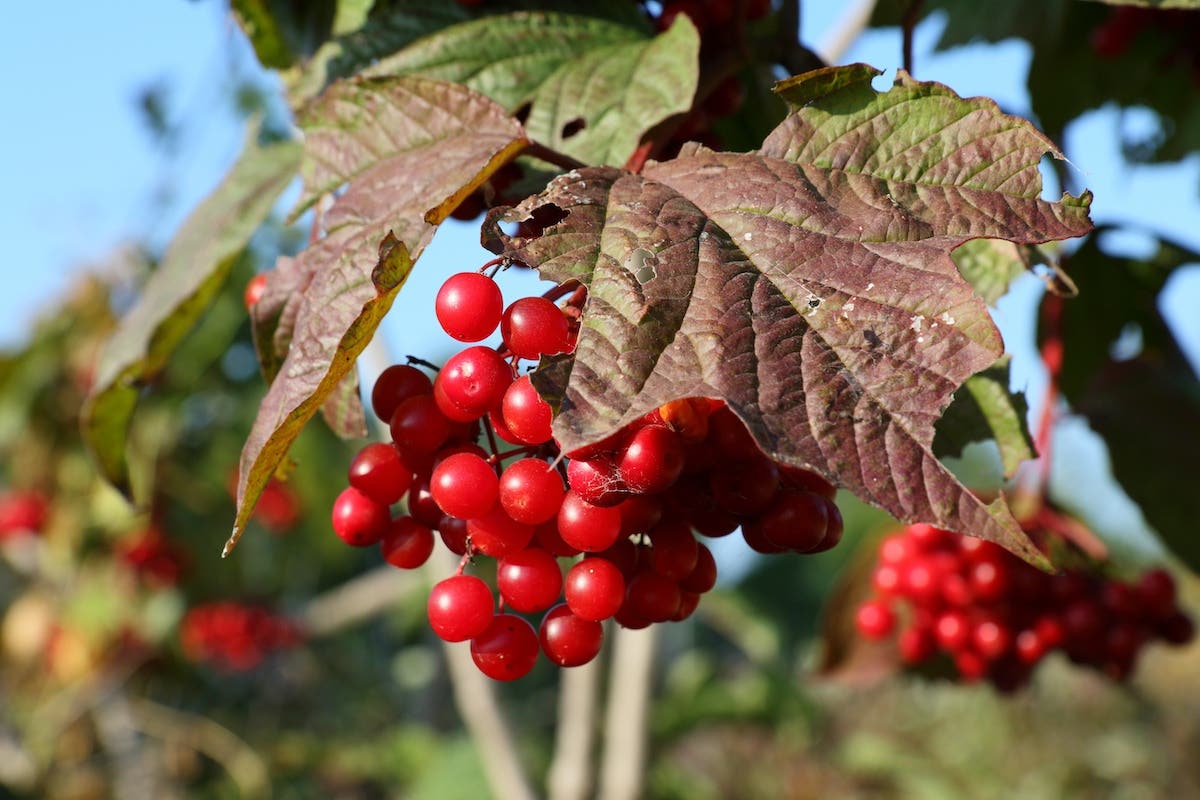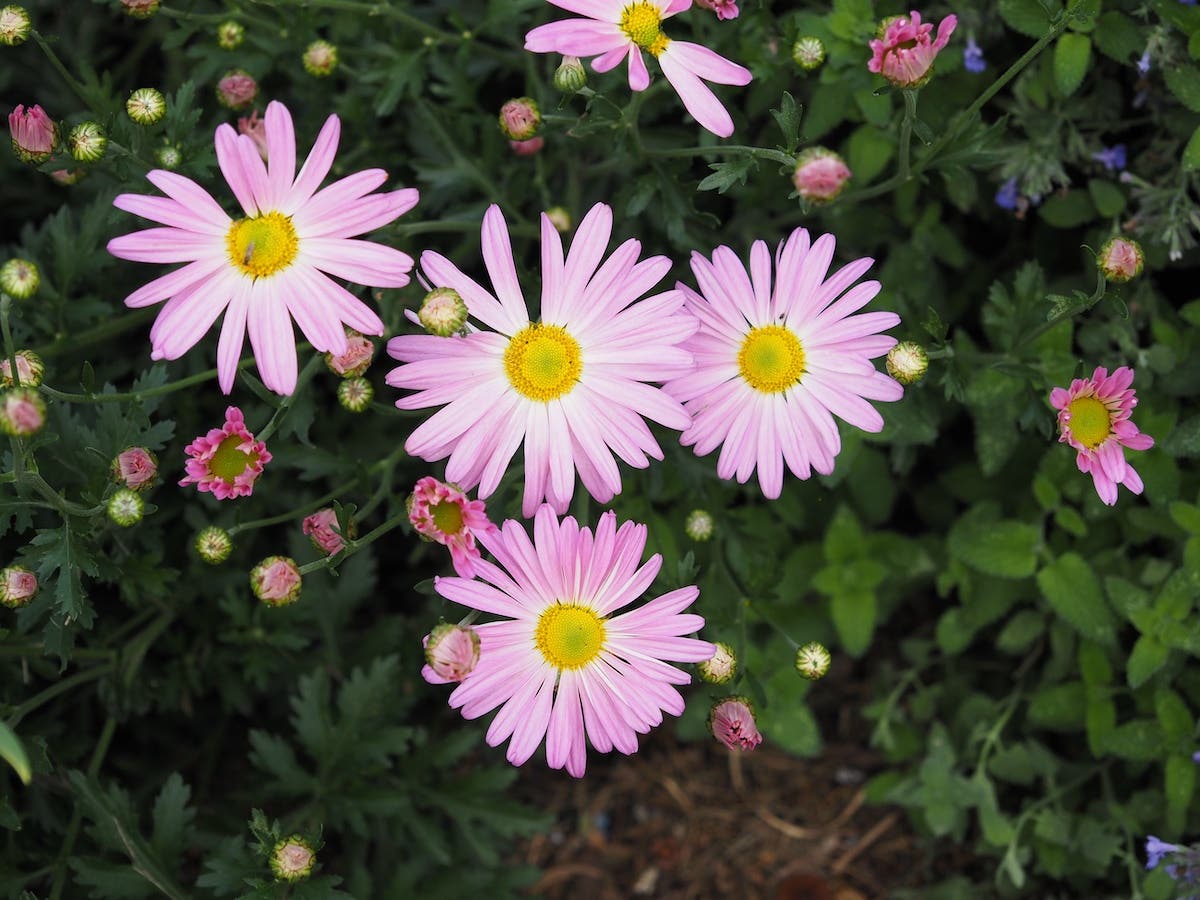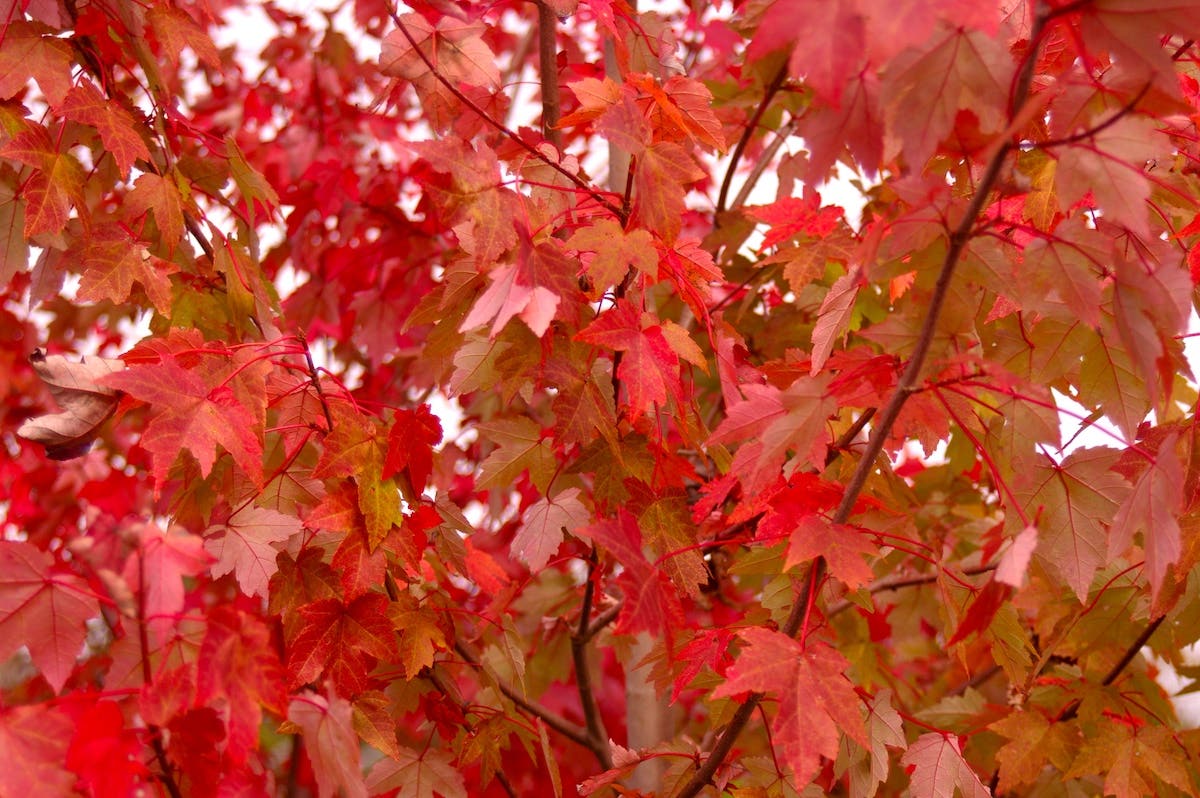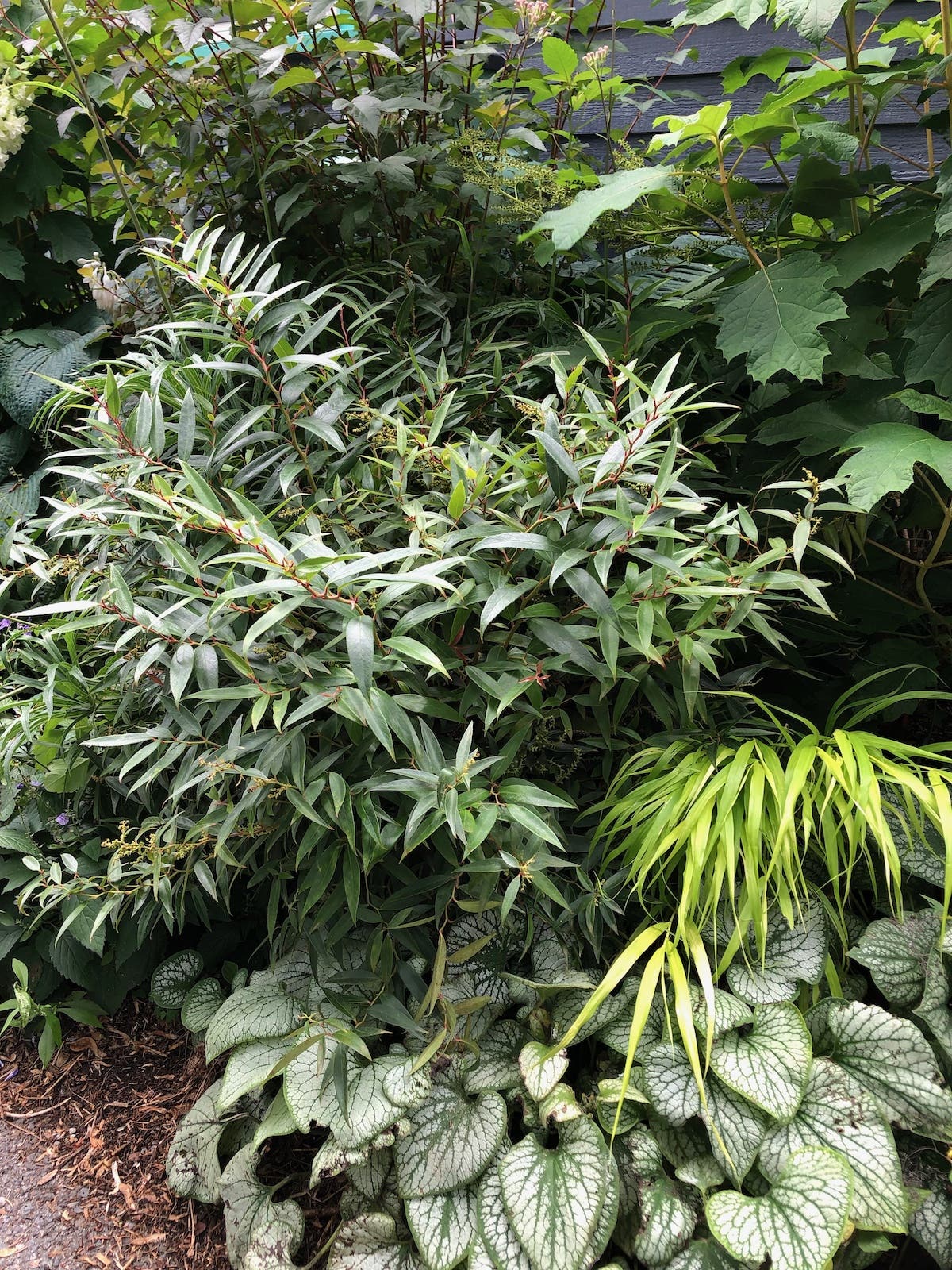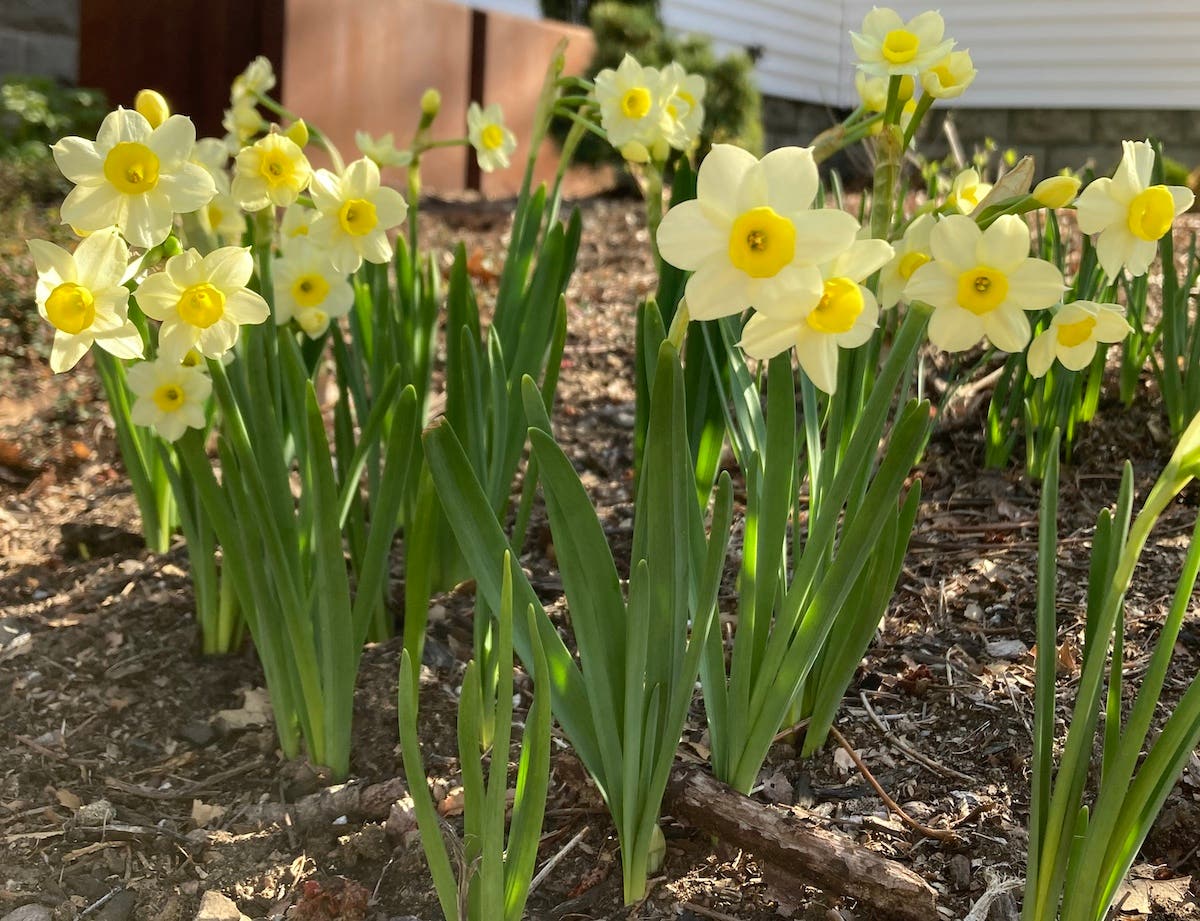Prickly Pear
One August afternoon in 1996, my wife and I discovered that the several acres of Engelmann’s prickly pear (Opuntia engelmannii) growing neglected in a vacant lot behind our Tucson, Arizona, home were loaded with ripe fruit, known as tunas in Spanish.
One August afternoon in 1996, my wife and I discovered that the several acres of Engelmann's prickly pear (Opuntia engelmannii) growing neglected in a vacant lot behind our Tucson, Arizona, home were loaded with ripe fruit, known as tunas in Spanish.
Despite the blistering heat, we couldn't resist-and we picked about six bushels. Armed with a pair of taco tongs, we gingerly separated the purple fruit from the blue-green pads.
After processing the fruit into delicate, magenta-colored juice, I drank my first sip. The taste of unsweetened prickly pear juice was deep and mysterious, like a cross between cranberries and watermelon rind.
We put up jars of prickly pear jelly and prickly pear pancake syrup. Later, we found other uses for the juice: we mixed it into lemonade (which gives it a refreshing, slightly tart melon taste), whipped it into sorbets and salad dressings, and used it to glaze pork loin. Our favorite, and perhaps its highest and best use, is as the main ingredient in a delicious margarita.


